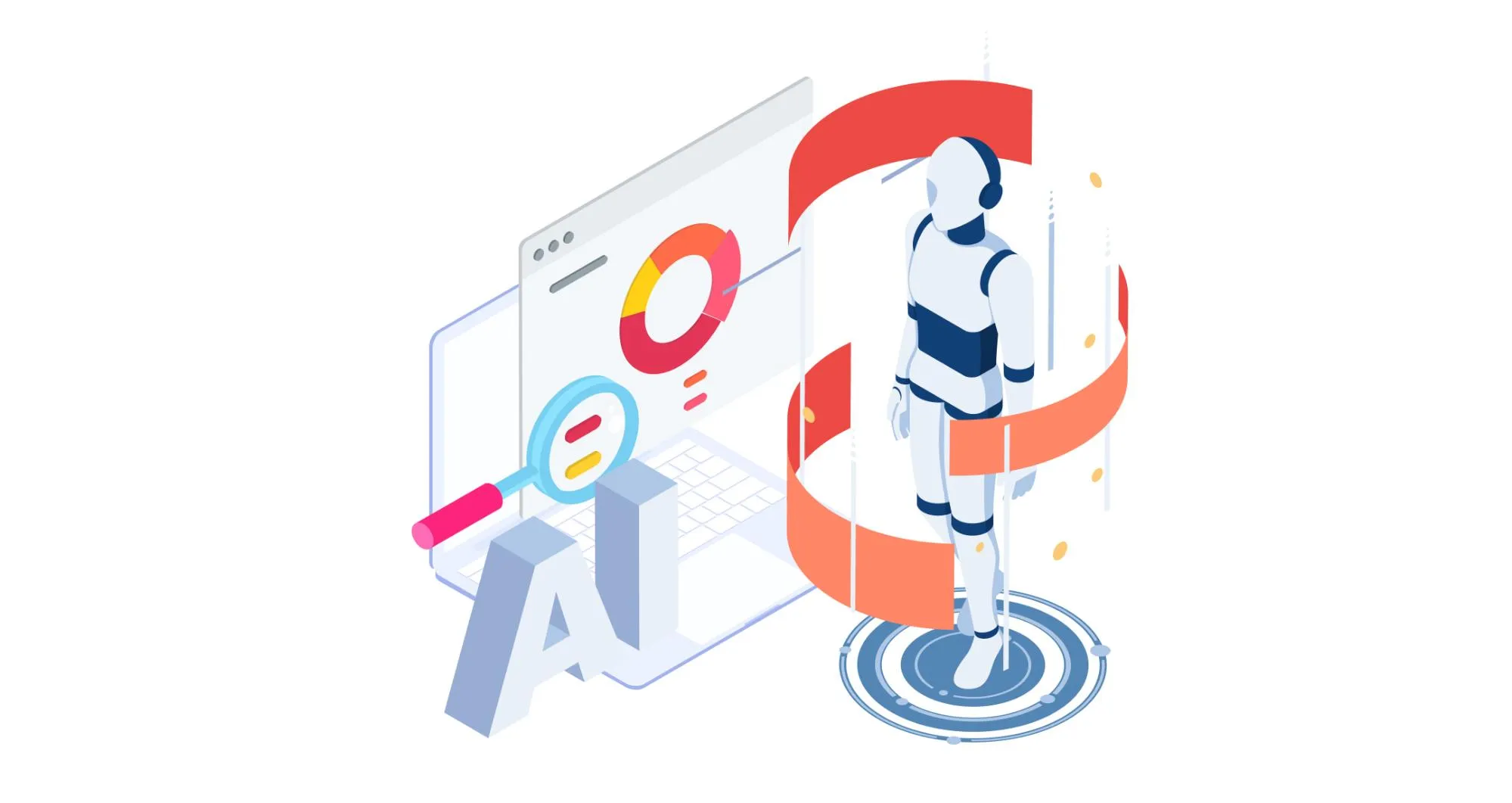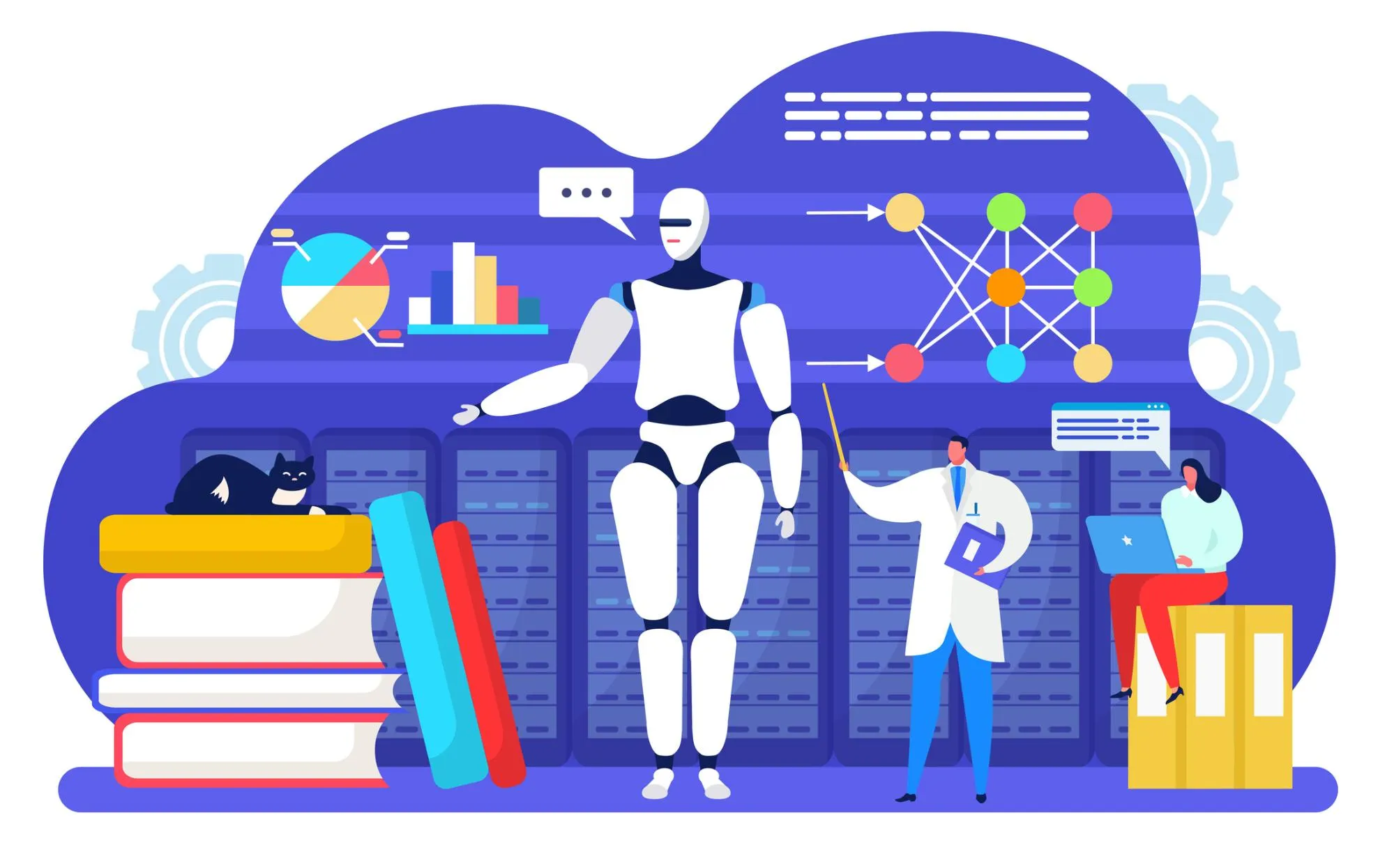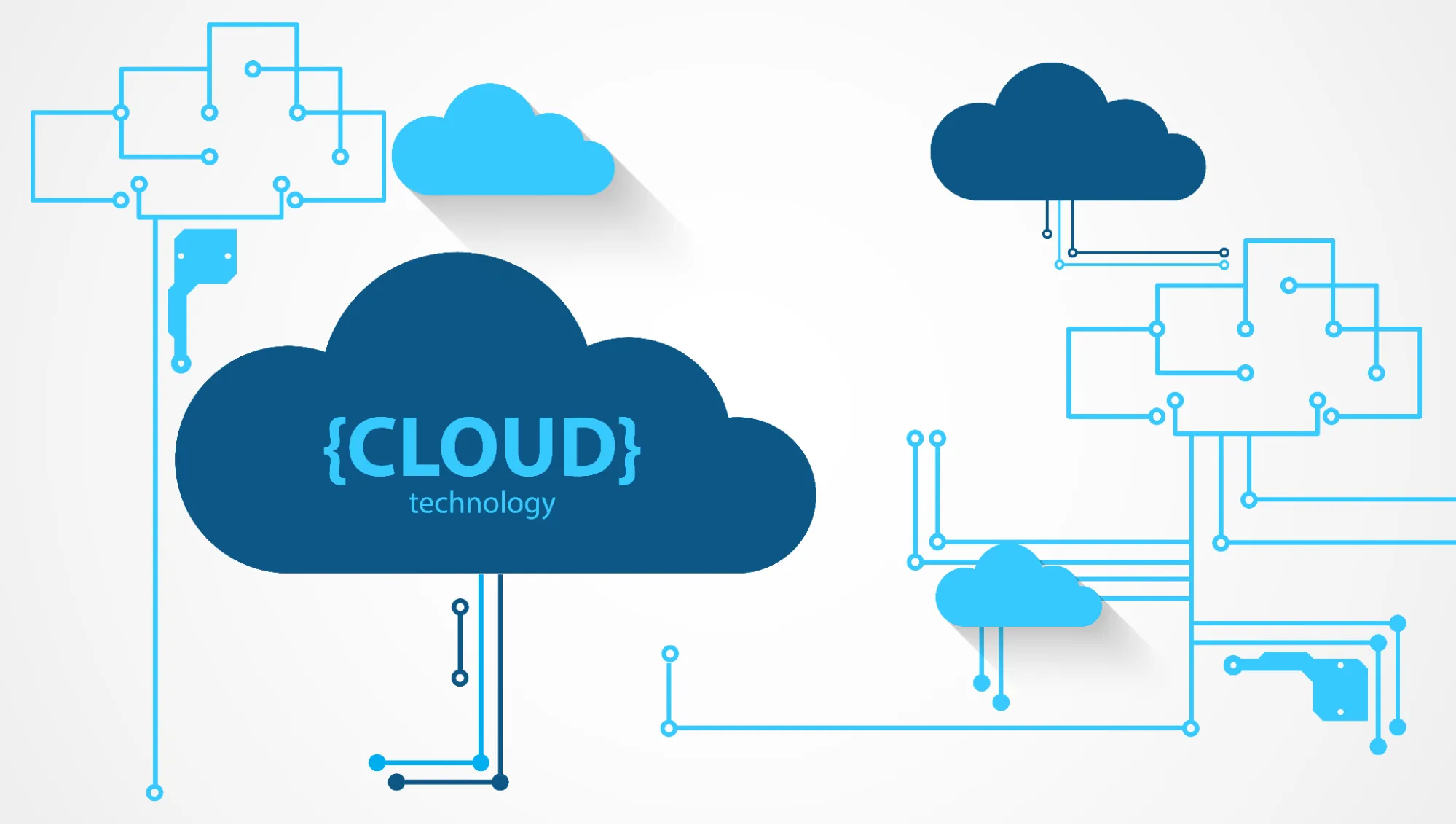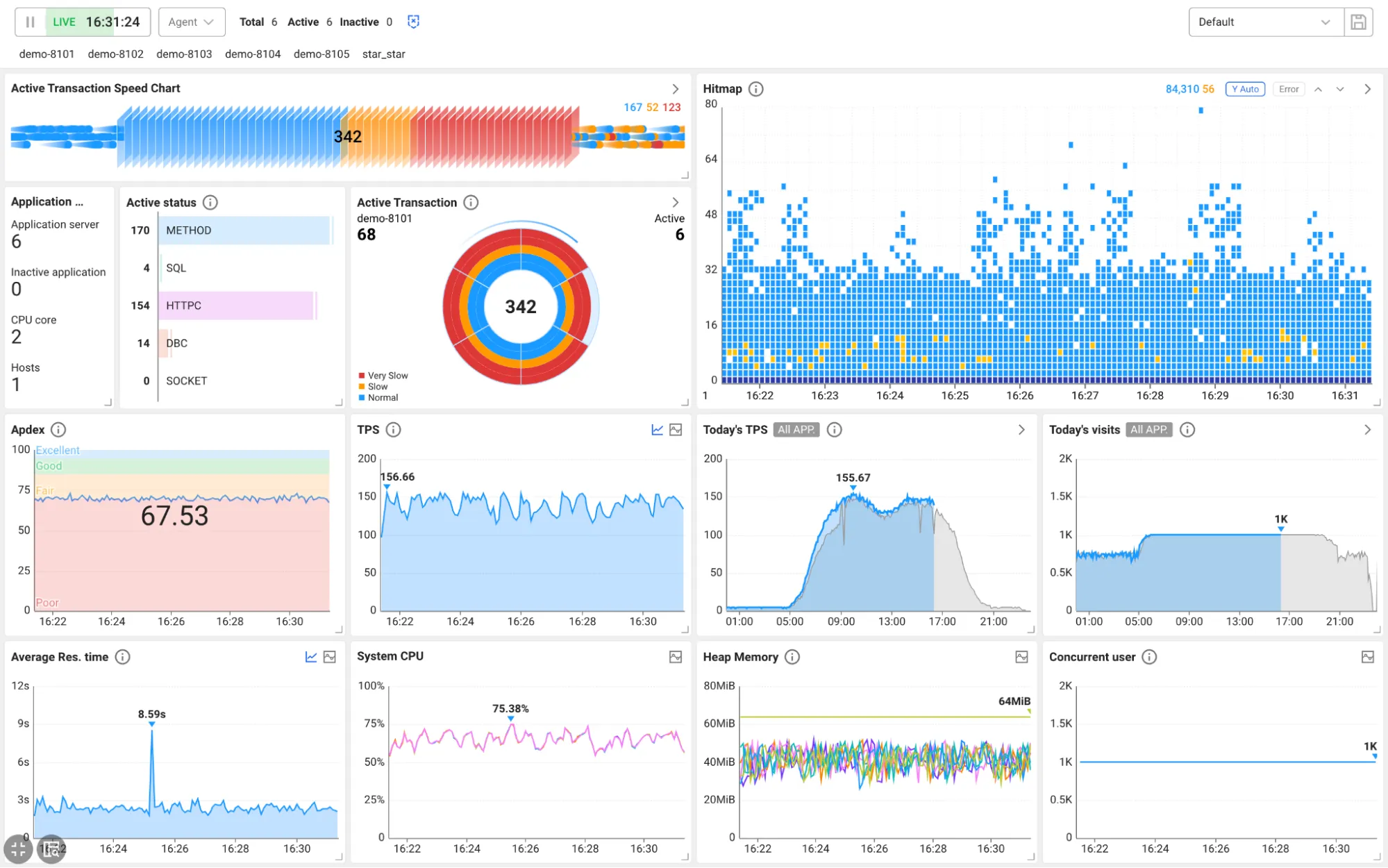
We are only two months away from the end of 2023, and I am sure some companies are already planning for the upcoming year. Unlike last year, I suspect this will be a year of reorientation and strategy revisions due to socioeconomic uncertainty.
Every year, global IT research group Gartner releases its IT strategy trends for the upcoming year. In 2023, the key word was AI, and Gartner's IT trends for 2024 reflect this: generative AI is opening up new growth opportunities for tech companies, and AI is becoming so ubiquitous that it is infiltrating our lives. As AI becomes more ubiquitous, it requires a systematic approach to prevent the potential negative uses of AI, according to Chris Howard, principal analyst and VP at Gartner. So, what are the IT strategy trends for 2024 that have been transformed by generative AI?
1. AI Trust, Risk, and Security Management (AI TRiSM)
As in 2022, we named AI TRiSM as our Technology Strategy Trend of the Year in 2023, but unlike then, in 2023 we saw the development of generative AI with OpenAI's ChatGPT begin to take off. As access to AI became more common, the need for AI trust, risk, and security management (TRiSM) became more prominent than last year. In order for AI to be used for positive outcomes and societal benefit, there needs to be at least one layer of defense, and that layer is AI TRiSM.

Gartner predicts that by 2026, companies applying AI TRiSM controls will be able to eliminate up to 80% of errors and illegal information, increasing the accuracy of their decisions. To implement AI TRiSM, we recommend that AI companies use tools for proactive data protection, AI-specific security, AI model monitoring (including monitoring for data drift, model drift, and/or unintended consequences), and risk controls for inputs and outputs to third-party models and applications.
2. Continuous Threat Exposure Management (CTEM)
Continuous threat exposure management (CTEM) is a practical, systematic approach that enables organizations to continuously and consistently assess the accessibility, exposure, and exploitability of their digital and physical assets. Gartner predicts that by 2026, organizations that prioritize security investments based on a CTEM program will be able to reduce two-thirds of breaches. By aligning the scope of CTEM assessments and remediation not only with infrastructure components, but also with collaborative elements and business projects, they advise, you can prepare for vulnerabilities and undiscovered threats.
3. Sustainable technology
Sustainable technology is a framework of digital solutions used to realize environmental, social, and governance (ESG) outcomes that support long-term ecological balance and human rights. The use of technologies such as AI, cryptocurrencies, the Internet of Things, and cloud computing is raising concerns about their associated energy consumption and environmental impact. As a result, it is more important than ever to ensure that the use of technology can contribute to society and humanity, and that technology development is done in a sustainable way. In fact, Gartner predicts that by 2027, 25% of CIOs will tie their personal compensation to their impact on sustainable technology.
Here are Gartner's suggestions for implementing sustainable technologies.
- Adopt technologies that help make the industry more sustainable, such as cloud and AI, and that have been identified as priorities by the business and key stakeholders.
- Involve ethics or corporate social responsibility (CSR) officers in the development of the business's mid- to long-term roadmap, and seek to optimize all values to improve overall organizational sustainability.
4. Platform engineering
Platform engineering is the field of building and operating self-service internal development platforms. Each platform is a layer created and maintained by a dedicated product team, designed to work with tools and processes to support user needs. The goal of platform engineering is to optimize productivity and user experience and accelerate the delivery of business value.

5. AI-Augmented Development
AI-augmented development refers to the use of AI technologies such as generative AI and machine learning by software engineers as they design, code, and test applications.By 2028, 75% of enterprise software engineers are expected to use AI coding assistants, up from less than 10% in early 2023.
AI-assisted software engineering improves developer productivity and helps development teams keep up with the growing demand for software needed to run a business. With these AI-enabled development tools, software engineers can spend less time writing code and more time on strategic activities, such as designing and configuring compelling business applications.
6. Industrial cloud platforms
By 2027, Gartner predicts that more than 70% of enterprises will use industrial cloud platforms (ICPs) to accelerate business initiatives, up from less than 15% in 2023. Industrial cloud platforms combine native SaaS, PaaS, and IaaS services into a complete product offering with the ability to be configured to address industry-relevant business outcomes. Industry cloud platforms are Gartner's industry-specific technology strategy for adopting or transitioning to the cloud, which can be tailored to the business goals of your organization and enterprise.

7. Intelligent Applications
Intelligent applications can be utilized in a variety of use cases to augment or automate work more effectively, according to Gartner. The intelligentization of applications consists of a variety of AI-powered services, such as machine learning, vector stores, and connected data, as foundational features. As a result, intelligent applications provide users with a dynamically adaptive experience.
8. The democratization of generative AI
Remember ChatGPT, OpenAI's debut in early 2023? ChatGPT demonstrated that it could not only learn to personalize and create content, but also be widely available. Gartner predicts that the ability of generative AI to create new content and its broad availability will democratize the accessibility of AI and make it one of the most disruptive trends in 2024.
Gartner also predicts that by 2026, more than 80% of organizations will be using generative AI APIs, models, or deploying generative AI-enabled applications in production, and that it will significantly change the design and development of 70% of new web applications and mobile apps.
9. The augmented and connected workforce
The augmented and connected workforce is a strategy for optimizing the value derived from workers. The need to accelerate and scale talent is driving the trend toward an augmented and connected workforce. The augmented and connected workforce uses intelligent applications and workforce analytics to provide daily context and guidance to support your workforce's experience, well-being, and ability to develop their own skills. All while driving business outcomes and positively impacting key stakeholders. By 2027, 25% of CIOs predict they will use an augmented and connected workforce to reduce time to competency for key roles by 50%.
10. Machine customers
Machine customers, also known as custobots, are non-human economic actors that can autonomously negotiate, purchase, and pay for goods and services. By 2028, 15 billion connected products will have the potential to act like customers, with billions more expected to emerge in the coming years. Revenue from machine customers is expected to reach trillions of dollars by 2030. A strategic consideration for companies should be the ability to study the behavioral algorithms of machine customers and create new custobots.
Closing thoughts

With the ubiquity of AI and the industrial cloud, companies are expected to develop new businesses and services in the future. Why not adopt a SaaS-based monitoring platform to develop services that adapt to changing technologies?
.svg)
.svg)






